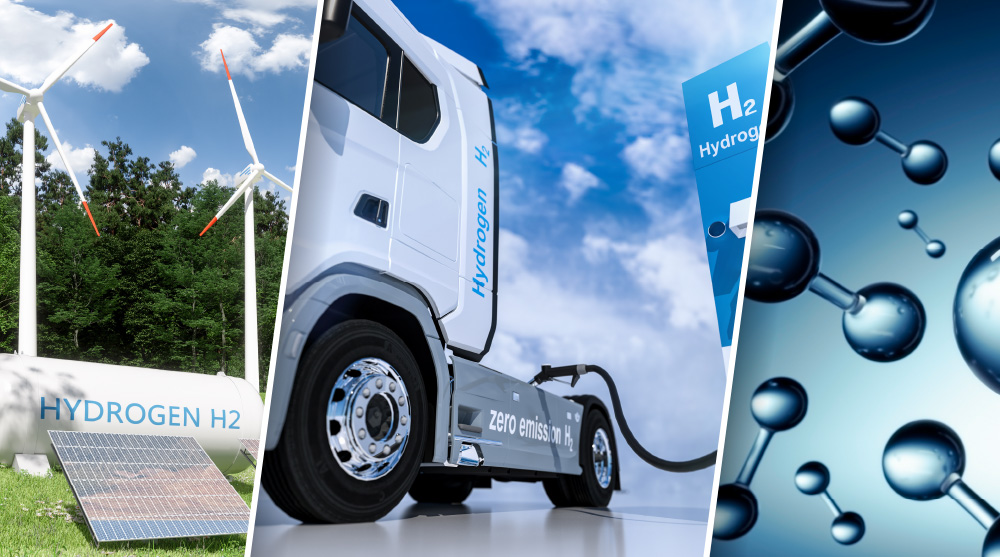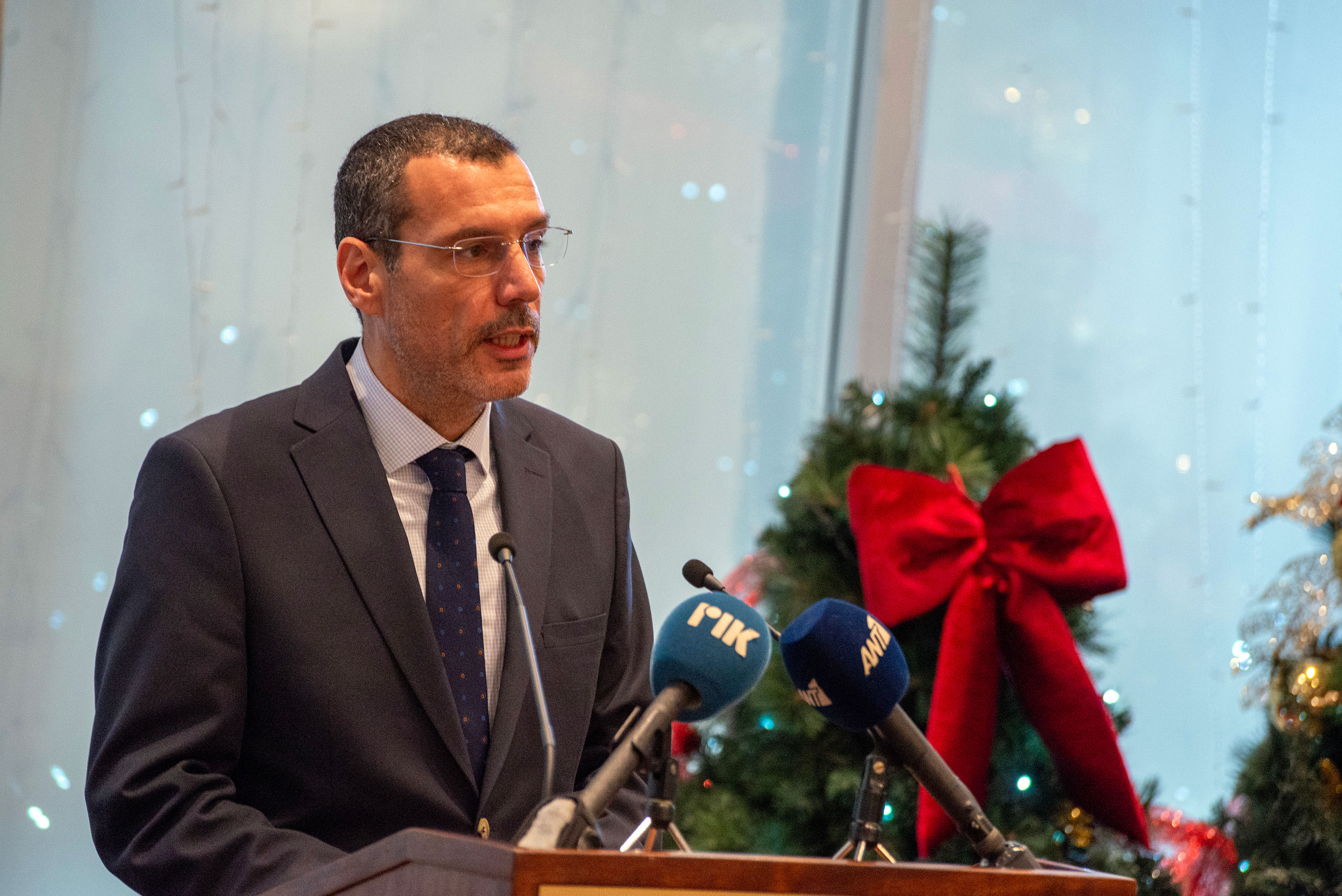Cyprus Energy Regulatory Authority (CERA) Chairman Andreas Poullikkas this week provided an analytical overview of the European Union’s strides towards establishing a robust hydrogen market by 2030.
“The EU’s hydrogen package not only clarifies market rules but also secures long-term investment across the entire hydrogen chain—from production to consumption,” said Poullikkas.
He further highlighted the revised Renewable Energy Directive, which sets ambitious targets for renewable hydrogen use in both the industrial and transport sectors.
Expanding on the EU’s commitment, Poullikkas noted the introduction of precise definitions and rules for renewable hydrogen.
“These rules are crucial as they dictate how renewable hydrogen can be counted towards EU targets, ensuring transparency and consistency,” he said.
The EU is setting the framework and is also actively supporting the development of necessary infrastructure.
The primary EU List of Projects of Common and Mutual Interest features several hydrogen corridors designed to connect producers and consumers across and beyond the EU.
“This list grants Joint Interest Project status to new and upgraded hydrogen transmission pipelines, sixteen large-scale electrolysis plants, and various storage facilities and terminals,” Poullikkas said.
An intriguing development is the establishment of the European Hydrogen Bank, aimed at stimulating investment in the hydrogen sector.
“With 254 renewable hydrogen projects already underway in the EU, of which 170 are operational and 84 under construction, the European hydrogen industry is witnessing significant growth,” Poullikkas said.
These projects represent almost 3000 megawatts of installed capacity, with an additional 8000 MW expected to be announced following the first pilot renewable hydrogen auction under the European Hydrogen Bank.
Regarding financial investments, the EU has allocated approximately €18 billion through the Resilience and Recovery Mechanism, Member State programmes, and various regional and innovation initiatives. These funds are aimed at supporting early hydrogen production projects, fuel switching, and infrastructure development.
“Furthermore, the EU has greenlit state aid for four major hydrogen projects totalling €18.9 billion, which are anticipated to unlock around €27 billion in private investments,” Poullikkas added.
These supported projects will span the entire hydrogen value chain, including the production of renewable and low-carbon hydrogen, storage, transportation, distribution, and end-use applications, particularly in the various industrial sectors.
Additionally, the EU is fostering the development of hydrogen valleys, with over 100 such initiatives globally and more than 50 within Europe alone.
Recently, the EU has introduced a pilot mechanism as part of its carbon and hydrogen package, aiming to bolster the European hydrogen market.
“This mechanism, which is integrated into the European Hydrogen Bank, will enhance market transparency by collecting, processing, and providing access to data on demand and supply of renewable and low-carbon hydrogen and its derivatives,” explained Poullikkas.
This initiative is designed to facilitate better communication between European and international suppliers and buyers, thus speeding up investment decisions and securing purchase agreements.
Poullikkas emphasised the strategic role of the hydrogen market in achieving the EU’s energy transition goals.
“By bolstering the hydrogen sector, we are not only phasing out fossil fuels but also supporting the decarbonisation and enhancing the competitiveness of European industries,” he concluded.







Click here to change your cookie preferences